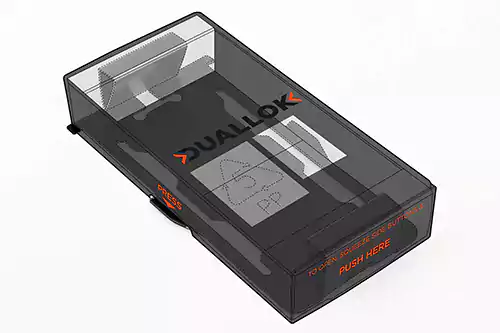Child-proof containers are designed to prevent children from accidentally accessing hazardous substances, such as medicines, cleaning agents, and chemicals. These containers typically feature child-resistant caps, locks, or seals that make them more difficult for children to open, while remaining easy for adults to use. If you are considering using child-proof containers, here's what you need to know.
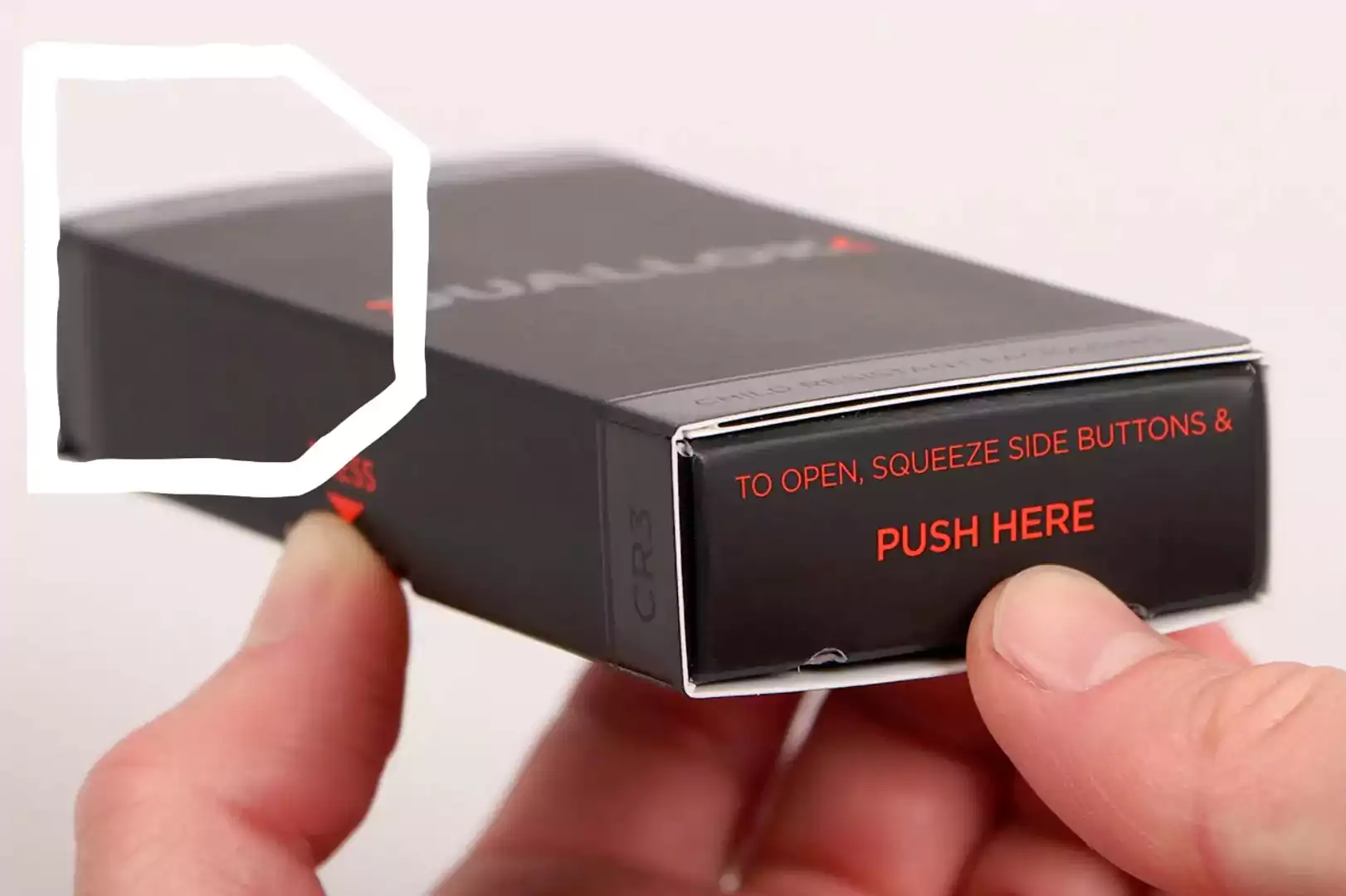
Regulations and Standards
Child-proof containers are regulated by the Poison Prevention Packaging Act (PPPA) of 1970 in the United States. The Consumer Product Safety Commission (CPSC) oversees the implementation of the PPPA and sets standards for child-resistant packaging. Child-resistant containers must be difficult for children under five years of age to open, but easy for most adults to use properly. The CPSC has established specific tests and performance requirements that child-resistant containers must meet in order to be considered compliant with the PPPA.
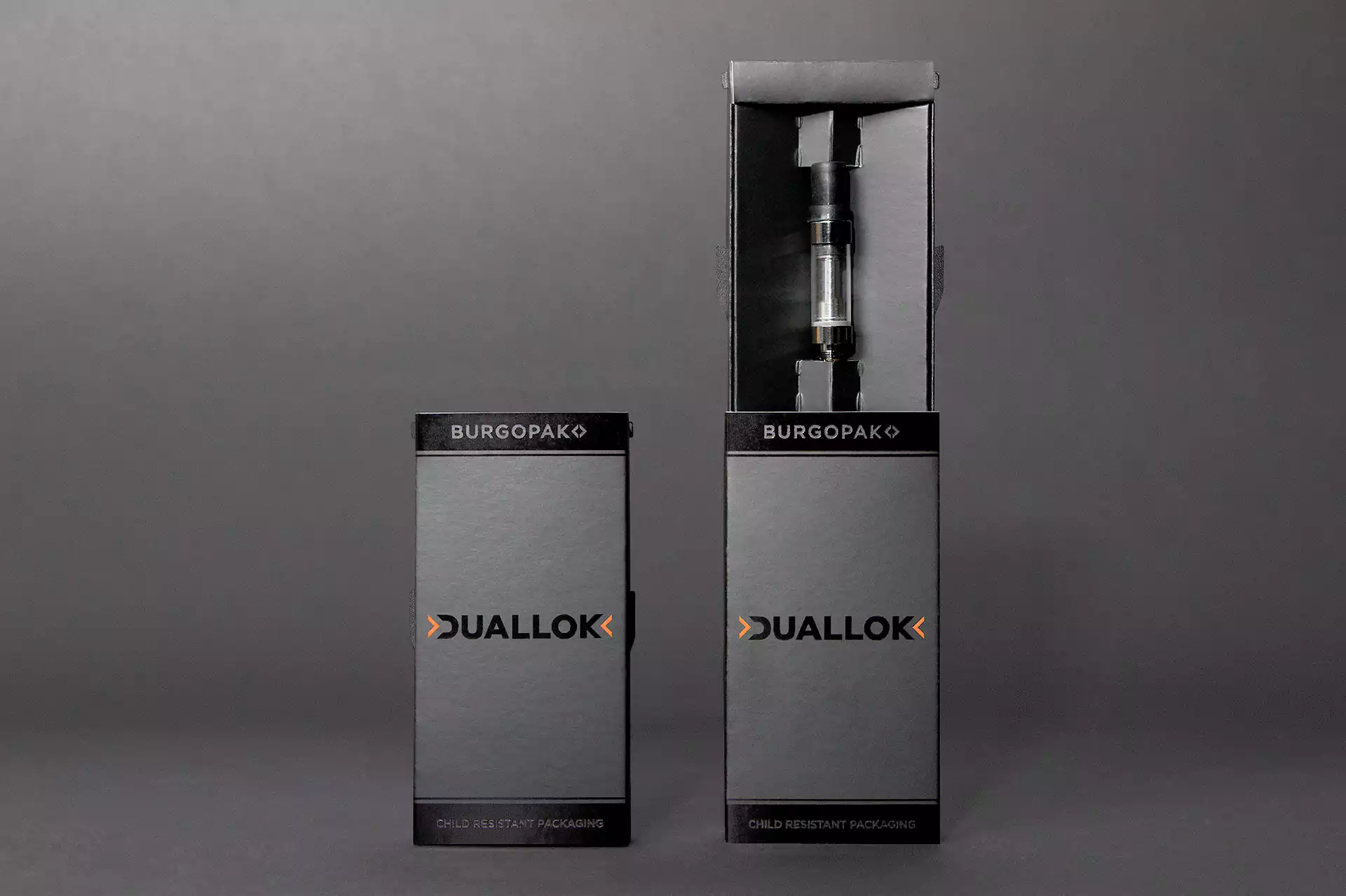
Types of Child-Proof Containers
Child-proof containers come in various sizes, shapes, and designs to accommodate different types of hazardous substances. Some common types of child-proof containers include:
Child-resistant medicine bottles: These containers are designed to hold prescription and over-the-counter medications and are typically made of high-density polyethylene (HDPE).
Child-resistant pouches: These containers are designed to hold single-dose medications and are made of a laminated film that is difficult for children to open.
Child-resistant bags: These containers are designed to hold larger quantities of hazardous substances and feature child-resistant zippers or closures.
Child-resistant caps and closures: These are typically used on bottles and jars that contain hazardous substances and feature a special mechanism that makes them difficult for children to open.
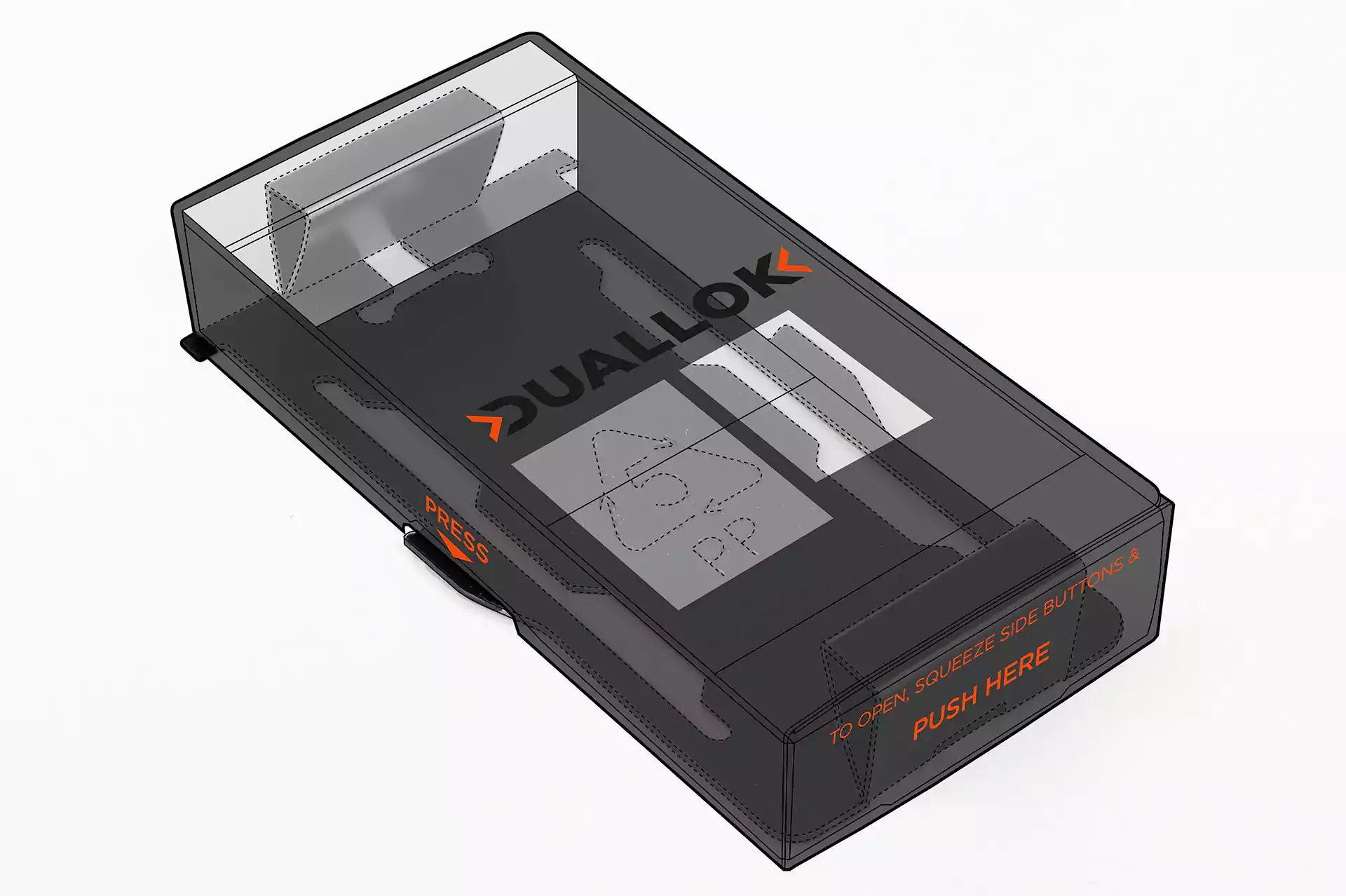
Customization Options
Child-proof containers can be customized to meet specific needs and requirements, such as size, shape, color, and design. Customization options allow businesses and individuals to create child-resistant packaging that is tailored to their specific needs and branding requirements.
Importance of Proper Use
While child-proof containers are designed to be difficult for children to open, they are not completely foolproof. It is still important to keep them out of reach of children, and to supervise children when they are handling them. Additionally, it is important to store hazardous substances in their original packaging and to follow the instructions provided by the manufacturer for proper use and disposal.
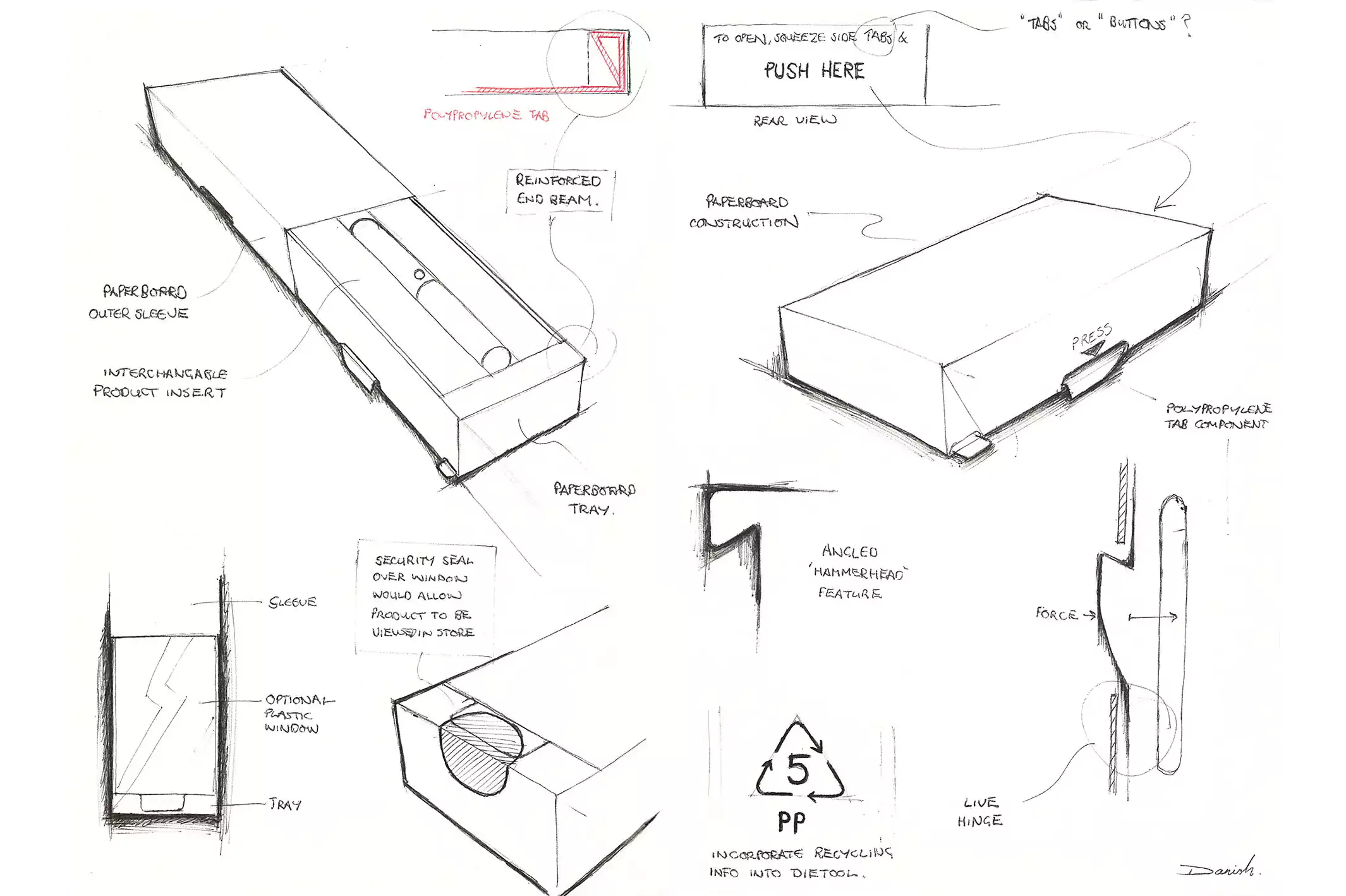
FAQs
1. What are some common safety standards for child proof containers?
There are various safety standards that child proof containers may need to comply with, depending on the type of hazardous substance they are designed to hold. Some common safety standards include:
ASTM D3475-18: Standard Specification for Child-Resistant Packages for Liquids and Vapors
16 CFR 1700.20: Poison Prevention Packaging Act (PPPA) of 1970
ISO 8317: 2015: Child-resistant packaging - Requirements and testing procedures for reclosable packages
EN 862:1997: Child-resistant packaging - Requirements and testing procedures for non-reclosable packages
BS EN 28317:1992: Child-resistant packaging - Requirements and testing procedures for reclosable packages
These safety standards typically involve various tests and requirements to ensure that the child proof containers are difficult for children to open, while remaining easy for adults to use. These tests may include child-resistant testing, senior-friendly testing, and various other tests to ensure the container's durability, compatibility with the contents, and ability to prevent tampering.
2. What are some common child-resistant tests for containers?
There are several common child-resistant tests for containers, including:
Push-and-turn test: This test involves simultaneously pushing and turning the container's closure to see if it remains child-resistant.
Squeeze test: This test involves squeezing the sides of the container to see if it will open.
Drop test: This test involves dropping the container from a certain height to see if it will open.
Tilt test: This test involves tilting the container at different angles to see if it will open.
Simulated child test: This test involves children trying to open the container under controlled conditions.
Senior-friendly test: This test involves testing the container to ensure that it can be opened easily by adults while still being child-resistant.
These tests are designed to ensure that child proof containers are difficult for children to open, while remaining easy for adults to use. Different tests may be required depending on the type of container and the hazardous substance it is designed to hold. Compliance with these tests is important to ensure that the container meets the relevant safety standards and regulations.
3. What are the regulations for child-resistant containers in the US?
In the United States, the regulations for child-resistant containers are governed by the Poison Prevention Packaging Act (PPPA) of 1970. The PPPA requires that certain household substances and chemicals, including prescription drugs, over-the-counter drugs, and household chemicals, be packaged in child-resistant containers that meet specific requirements. The Consumer Product Safety Commission (CPSC) oversees the implementation of the PPPA and sets standards for child-resistant packaging.
The PPPA requires that child-resistant containers must be difficult for children under five years of age to open, but easy for most adults to use properly. The CPSC has established specific tests and performance requirements that child-resistant containers must meet in order to be considered compliant with the PPPA. These tests include various child-resistant tests, such as push-and-turn tests, squeeze tests, and drop tests.
Manufacturers and importers of regulated products are required to certify compliance with the PPPA by submitting a General Certificate of Conformity (GCC) to the CPSC. Failure to comply with the PPPA can result in civil penalties, seizure of products, and other legal consequences. It is important for manufacturers and distributors of child-resistant containers to stay up to date on the latest regulations and requirements to ensure compliance and safety of their products.
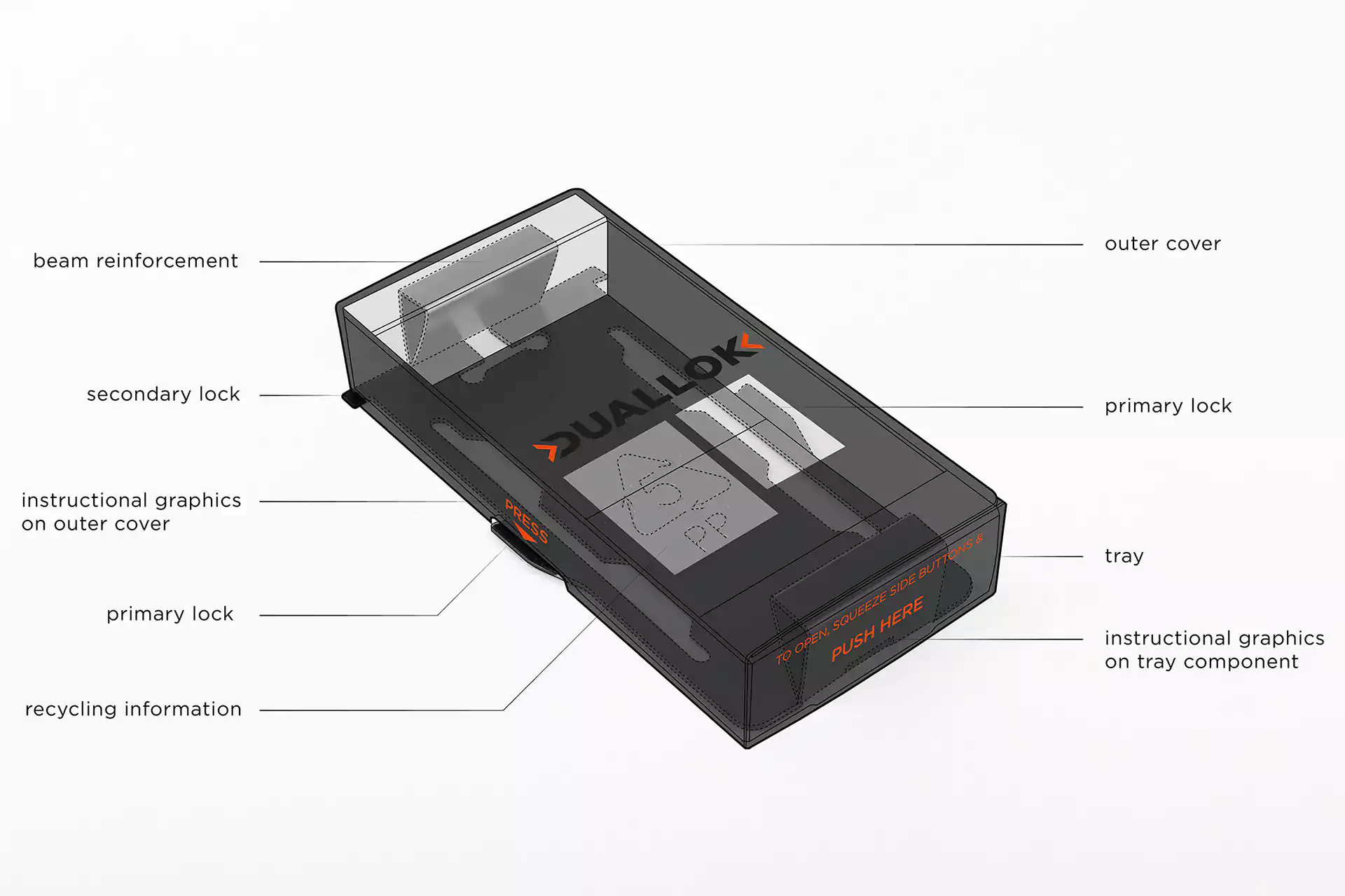
In conclusion, child-proof containers are an essential tool for protecting children from accidental exposure to hazardous substances. Understanding the regulations and standards for child-resistant packaging, the types of containers available, and the importance of proper use can help ensure the safety and effectiveness of child-proof containers.

